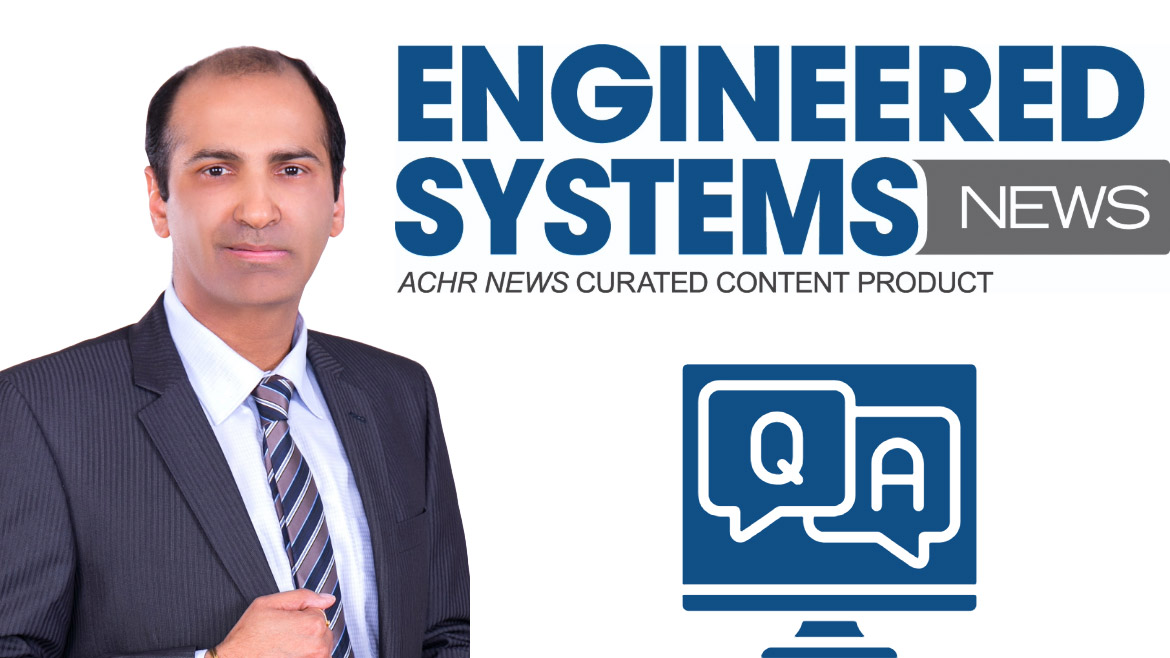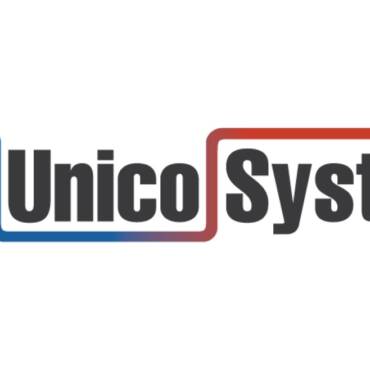Data centers are focused on reliability and uptime, but sustainability seems to be moving up the list of priorities. What’s driving that?
Data centers are massive consumers of electricity and the carbon footprint from such energy usage is significant, pushing companies to focus on greener alternatives, including the use of renewable energy and energy-efficient technologies, as part of their ESG (environment, social, governance) goals. At the same time, governments are implementing stricter regulations on energy efficiency standards and carbon reporting, incentivizing data center operators to adopt more sustainable practices.
Some of the increasing focus on sustainability is due to consumer pressures. Consumers are environmentally conscious and prefer to support companies that prioritize sustainability. Investors are also increasingly scrutinizing companies for their ESG performance, putting pressure on businesses to demonstrate sustainable practices to attract investment.
What makes a data center sustainable?
A sustainable data center minimizes its environmental impact by reducing energy consumption, water usage, and carbon emissions while adopting eco-friendly practices and technologies. Energy-efficient cooling methods such as liquid cooling, free cooling and hot aisle/cold aisle containment can lower a data center’s energy use and its Power Usage Effectiveness (PUE). The use of renewable energy sources, such as solar panels, wind turbines or geothermal systems, also results in lower energy use and carbon footprint. Data centers can reduce water consumption by recycling water in their cooling systems. Energy storage, such as lithium-ion or flow batteries that can store excess energy for later use, allows data centers to draw less energy from the grid and reduce overall energy consumption.
Data centers can also go a step further and incorporate sustainable building materials, such as green roofs, and ensure that outdated or obsolete equipment is recycled or disposed of in an environmentally responsible manner.
What technologies are currently available to reduce the carbon footprint of data centers?
With cooling systems responsible for 30-40% of a data center’s energy usage, adopting advanced cooling technologies can have a significant impact on reducing energy consumption and carbon footprint. Liquid cooling, which uses water or other coolants to absorb heat directly from servers; immersion cooling, where servers are submerged in non-conductive cooling fluids that absorb heat much more efficiently than air or traditional water-cooling systems; free cooling, which uses naturally cold outside air to cool data centers instead of energy-intensive HVAC systems; and hot/cold aisle containment, which improves airflow within the data center by physically separating hot and cold air aisles, help reduce carbon footprint by reducing dependence on traditional HVAC systems. The adoption of renewable energy solutions, such as on-site solar panels, wind turbines and battery storage technologies, are also reducing the carbon footprint of data centers.
Though still in its early stages, carbon capture technology, which captures carbon dioxide from the air or energy generation sources and stores it underground, is being explored as a way to remove carbon emissions produced by energy consumption. Hydrogen fuel cells are also emerging as a cleaner alternative, providing backup power with zero emissions.
Why have data centers become a key area of focus for Danfoss and how are you working with OEMs to develop sustainable data center solutions?
Danfoss is committed to developing sustainable solutions that decrease energy consumption and carbon footprint. Our goal is to become our customers’ preferred decarbonization partner while working toward our own goal of becoming carbon-neutral by 2030. Data centers are a critical part of our economy and are also critical to lowering carbon emissions and meeting the goals of the Paris Climate Agreement. Danfoss has the expertise and a broad range of solutions to support the creation of sustainable data centers.
We are working with original equipment manufacturers (OEMs) to develop sustainable solutions, such as advanced cooling technologies and heat reuse systems, that reduce the carbon footprint of data centers. Danfoss is also involved in collaborative initiatives, such as the Pan-European Net Zero Innovation Hub, aimed at accelerating the green transition of the data center industry by engaging key stakeholders to develop concrete sustainability solutions. Through these efforts, Danfoss is helping OEMs and data center operators build the next generation of sustainable, energy-efficient facilities.
How can data centers help communities meet energy and emissions reduction targets?
Data centers can be important elements in community energy systems. The heat they generate can be captured and repurposed to provide heating for nearby buildings or communities. For example, data centers in Denmark and Finland have integrated systems to channel excess heat into district heating networks, reducing overall emissions. By reusing this waste heat, communities can reduce energy consumption and reliance on carbon-intensive energy sources.
Through the use of renewable energy sources and energy storage solutions, such as on-site battery storage and backup systems, data centers can stabilize local power grids and reduce the need for carbon-intensive power plants, supporting emissions reduction targets and enhancing energy resilience in local communities.
What are the current challenges in adopting sustainable solutions for data centers?
The biggest challenge is upfront costs. Although technologies such as liquid cooling, renewable energy integration, and heat recovery systems offer long-term savings, the capital expenditure can be a barrier, especially for smaller operators. Availability of renewable energy sources, such as solar and wind, is another challenge, particularly in regions that still rely heavily on coal or other fossil fuels for power generation.
The regulatory environment in some regions may not support renewable energy infrastructure development or provide sufficient subsidies for green technology investments. Many regions lack comprehensive regulations that incentivize or mandate the use of sustainable technologies in data centers. Even in areas with favorable policies, some data center operators, particularly those at mission-critical data centers, are reluctant to adopt new sustainable technologies due to concerns about operational risks and potential downtime during installation.
While heat reuse is a promising solution, most areas in the U.S. lack the necessary infrastructure. Making heat reuse a reality requires cooperation between data center operators, municipalities and utility companies.
How can the public and private sectors work together to create sustainable data centers?
The public and private sectors can leverage their resources and align on shared goals on energy efficiency, emissions reduction and environmental impact. Governments can implement policies that incentivize the development of energy-efficient data centers, such as tax breaks, grants, or subsidies for companies that adopt renewable energy or invest in energy-efficient infrastructure.
Governments and data center operators can collaborate to invest in renewable energy infrastructure like solar farms or wind turbines and can upgrade grid infrastructure to better integrate renewable energy sources, enabling data centers to access clean power more easily and reliably. This includes investments in smart grids and energy storage to balance supply and demand. Governments can also work with educational institutions and industry to advance research and development of new cooling methods and other green technologies for data centers.
Whether you require installation, repair, or maintenance, our technicians will assist you with top-quality service at any time of the day or night. Take comfort in knowing your indoor air quality is the best it can be with MOE heating & cooling services Ontario's solution for heating, air conditioning, and ventilation that’s cooler than the rest.
Contact us to schedule a visit. Our qualified team of technicians, are always ready to help you and guide you for heating and cooling issues. Weather you want to replace an old furnace or install a brand new air conditioner, we are here to help you. Our main office is at Kitchener but we can service most of Ontario's cities
Source link



